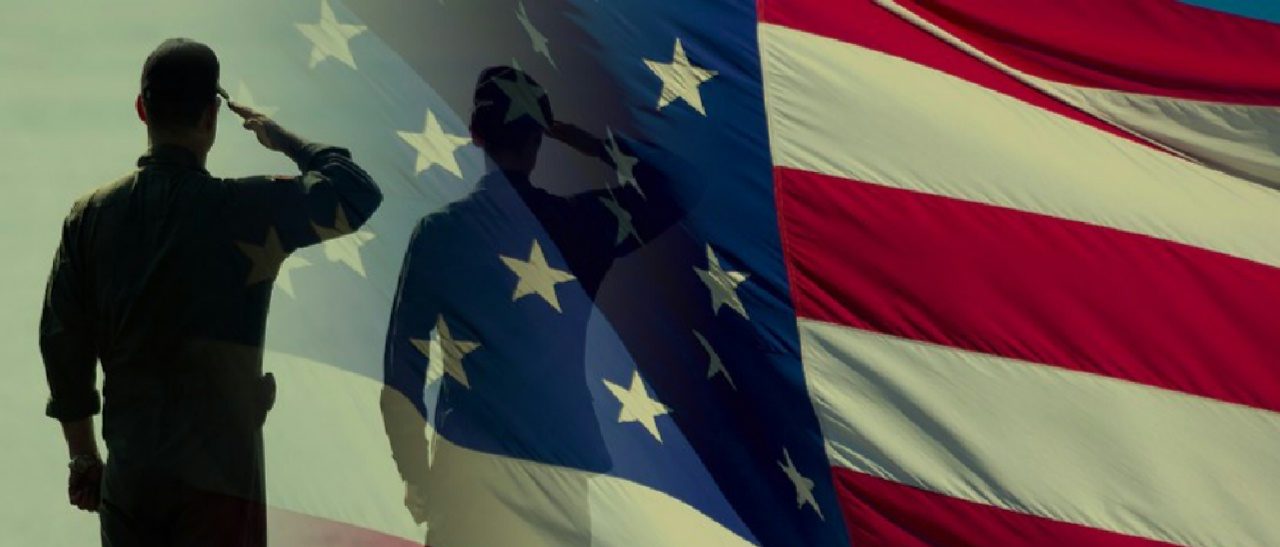1611 Virginia Ave., Ste 212, Box 406, North Bend , Oregon 97459 Hours: 9am-5pm Monday-Friday, Lunch 12-1pm
desk@sovoservesvets.org
541-756-8718 (Office) 541-756-8758 (Fax)
Southwestern Oregon Veterans Outreach

Find Us
Address
1611 Virginia Ave.
Box 406,
North Bend , Oregon 97459
Hours
Monday—Friday: 9:00am-5:00pm
Lunch 12- 1pm
Closed: Saturday & Sunday
Phone
541-756-8718 (Office)
541-756-8758 (Fax)
Recent Posts
- Southwestern Oregon Veterans Summit Q3
- Senator Wyden demands urgent VA reforms after OIG Report
- OIG issues 11 Recommendations for Improvement to Roseburg VA Health Care
- Register Now for the Annual Tribal Veteran Advocate Conference – 7 Feathers – June 25-26
- Oregon Veteran Health Forum – Seeking to identify and close the gaps in mental and physical health care for veterans
- Community Suicide Prevention Seminar in Florence on June 8, 2024 from 10am-2pm
- SAVE THE DATE: May 18, 2024 @11am Battle Cross Dedication at David Dewitt Veterans Memorial
- 2024 Women’s Military History Week Proclamation
- 2024 Oregon Legislative Veteran Bill Digest
- In one of the largest-ever expansions of Veteran health care, all Veterans exposed to toxins and other hazards during military service – at home or abroad – will be eligible for VA health care beginning March 5
About Southwestern Oregon Veterans Outreach, Inc.
![]() (SOVO) helps bridge the gap between what is available and what is needed to assist in meeting the needs of our veterans and their families. SOVO helps ensure that veterans receive the benefits they are due for their service to our country. Coos County, Oregon has approximately 6000 veterans and one County Veterans Service Officer.
(SOVO) helps bridge the gap between what is available and what is needed to assist in meeting the needs of our veterans and their families. SOVO helps ensure that veterans receive the benefits they are due for their service to our country. Coos County, Oregon has approximately 6000 veterans and one County Veterans Service Officer.
Copyright © 2024 · All Rights Reserved · SOVO
Nonprofit Website by GivingPress · RSS Feed · Log in

Last Updated: by Leave a Comment
First Tribal Veteran Service Office Established in Warm Springs
Once established, the tribal veteran service office will operate similar to a county veteran service office, providing direct services to tribal veterans under ODVA’s power of attorney. Like all county veteran service officers, the tribal veteran service officers will be trained and certified through ODVA.
This is the first state-tribal partnership of this kind in Oregon’s history.
“This is something we’ve been working toward for many years,” ODVA Acting Director Mitch Sparks said. “The reason we have veteran service offices in each county is that we recognize each county has their own unique challenges, resources, and culture, and we believe veterans are best served in and through their own communities. The same is true, and even more so, for our tribal veterans.
“We believe this new partnership will allow tribal veteran service officers in Warm Springs to provide the same level of service as any county veteran service officer while advocating for their own people.”
Terry Bentley, Pacific District tribal government specialist with the VA Office of Tribal Government Relations, said her agency was excited about the new partnership.
“This MOU will enable veterans to receive increased access to services and benefits on the reservation by trusted tribal representatives who are more culturally sensitive,” she said.
The announcement was also well-received by Oregon’s elected officials.
“As the daughter of a veteran, I know first-hand how critical the needs are for our service men and women, and their families,” Oregon Gov. Kate Brown said. “I am absolutely thrilled about this new partnership that ensures the veterans of the Warm Springs Tribe will be able to access the vital services and benefits they’ve earned.”
“The memorandum of understanding represents a major accomplishment for veterans everywhere,” said Rep. Paul Evans, chair of the House Interim Committee on Veterans and Emergency Preparedness. “This approach will be the first of what I hope will be many such partnerships empowering tribal veteran service officers and yielding tremendous benefit to Native American military families and veterans.”
Last Updated: by Leave a Comment
VA and U.S. Digital Service Launch New Web Tool to Help Veterans Track their Benefits Appeals
WASHINGTON — Today the U.S. Department of Veterans Affairs (VA) and the U.S Digital Service announced their launch of an improved Appeals Status tool to increase transparency and enable Veterans to track the progress of their benefits claims appeals.
“It’s important that our Veterans have the opportunity to track their appeals process in a timely and efficient manner,” said VA Secretary David Shulkin. “For the first time ever, Veterans can see their place on the Board of Veterans’ Appeals’ docket, including the number of appeals that are ahead of them.”
The tool, which went live March 21 on VA’s Vets.gov website, will allow Veterans to access detailed information about the status of their benefits appeals and will include alerts about needed actions, as well as estimates of how long each step of the process takes.
Some Veterans who have previewed the new tool said it had given them hope and helped them understand that the process might take longer than expected.
Last Updated: by Leave a Comment
Oregon veteran who secured first military headstone for same-sex spouse dies at 71
It’s been five years since retired Air Force Lt. Col. Linda Campbell buried the ashes of her wife, Nancy Lynchild, at Willamette National Cemetery just southeast of Portland.
It was just after the military dropped the “don’t ask, don’t tell” policy” that prohibited its gay, lesbian and bisexual members from serving openly but before the U.S. Supreme Court ruled same-sex marriage is a Constitutional right.
And it was the first time a U.S. veteran had secured a burial plot for her same-sex spouse at a military cemetery.
Soon, Linda will join Lynchild in the plot she lobbied the U.S. Department of Veterans Affairs to grant her partner of 22 years. The Air Force veteran has died at 71, according to a Campbell family release. Read more at OregonLive
Don’t miss a thing! Sign up for our FREE newsletter
Recent Posts